Government Regulations
This course fully satisfies the following OSHA regulations:
* OSHA 29 CFR 1910 Subpart O 1910.211-219
* OSHA 29 CFR 1910 Subparts R (1910.262-263 and 268)
* OSHA 29 CFR 1926 Subpart I (1926.300-307)
Sub-Title:
Certification for OSHA 29 CFR 1910 Subpart O 1910.211-219, 1910 Subpart R 1910.262-263 and 1910.268 and OSHA 29 CFR 1926 Subpart I (1926.300-307)
Who Needs this Training?
According to OSHA Safety training is necessary whenever a new employee is hired to operate, maintain, or set up equipment; when any new or altered safeguards are put in service; and when a worker is assigned to a new machine or operation.
-General Industry Workers
-Construction Workers
Dangers of Remaining Uncertified
It is vital that all employees that work with these machines are trained regularly. Consequently, workers who operate and maintain machinery suffer approximately 18,000 amputations, lacerations, crushing injuries, abrasions, and over 800 deaths per year. Amputation is one of the most severe and crippling types of injuries in the occupational workplace, and often results in permanent disability.
Included Topics
By the end of this course we will have covered the following topics:
Introduction-1:25
Topic 1: General Requirements-2:27
Topic 2: National Emphasis Program-Amputations0:57
Topic 3: Tools-4:36
Topic 4: Woodworking Machinery-2:58
Topic 5: Abrasive Wheel Machinery-1:34
Topic 6: Mills and Calenders in the Rubber and Plastic Industries -5:55
Topic 7: Mechanical Power Presses -4:46
Topic 8: Forging Machines-1:59
Topic 9: Mechanical Power-Transmission Apparatus-2:28
Topic 10: Definitions1:16
Topic 11: Controls-3:29
Summary-0:47
Course Layout
Course format consists of video instruction, intermediate quizzes, and Final Knowledge Check
Course Duration
A minimum of 45 minutes is required to complete this course.
Recertification
When an employer has reason to believe that an affected worker does not recognize existing hazards or proper use of tools at some point after the initial training, the employer is required to provide retraining for that worker, in accordance with 29 CFR 1926 and 29 CFR 1910. For example, workers must be retrained when:
- Changes in the workplace render previous training obsolete.
- Machines being used have changed.
- Inadequacies in workers’ knowledge or use of machines or machine guards indicates that they do not adequately understand training.
Certificate of Completion
A completion certificate is available for printing immediately upon successfully finishing the course.
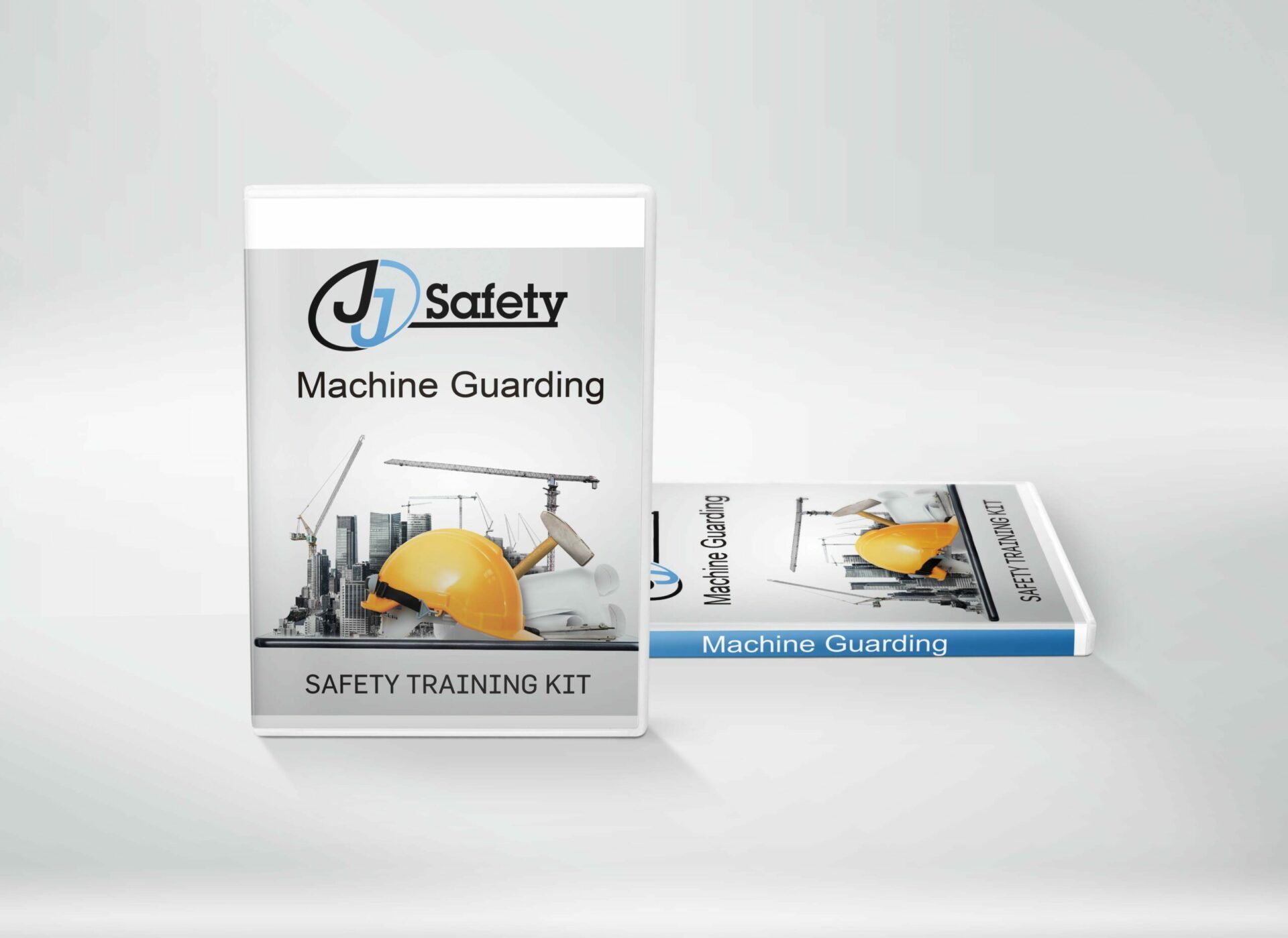
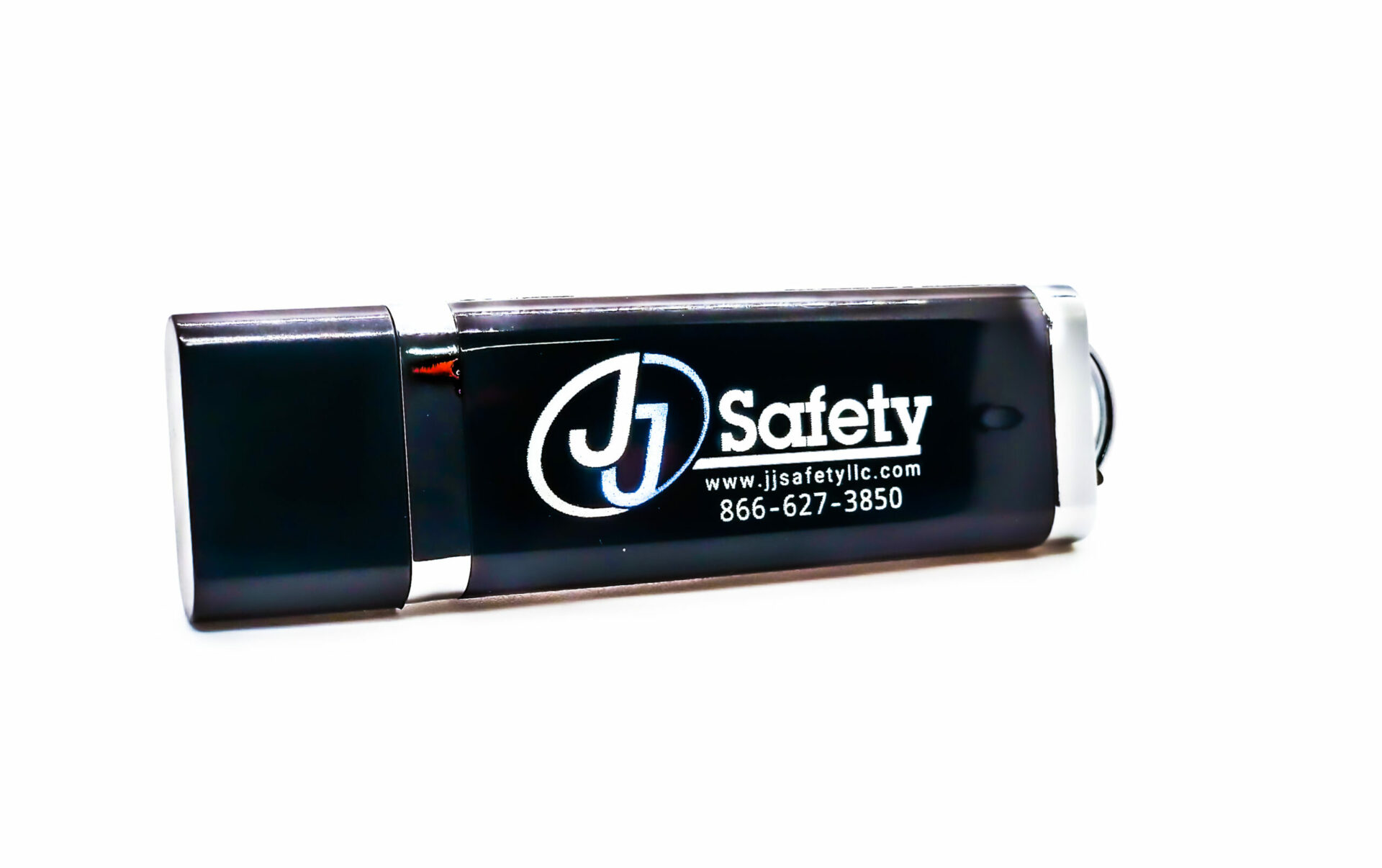
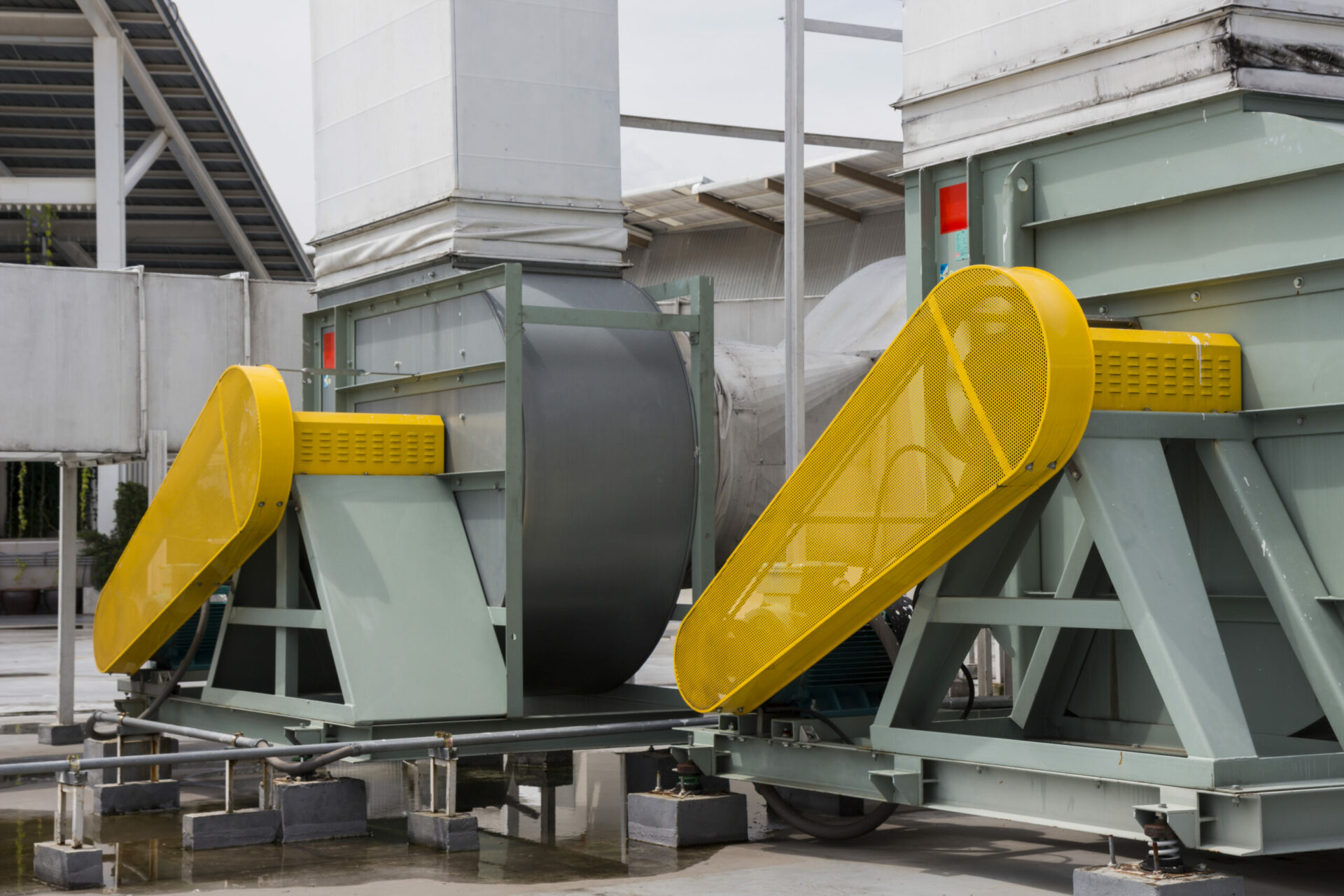
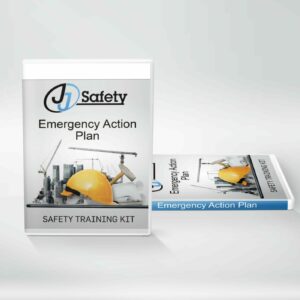
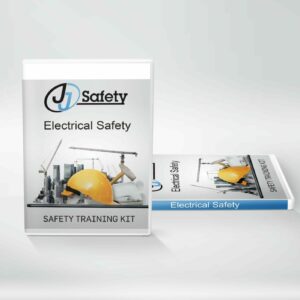
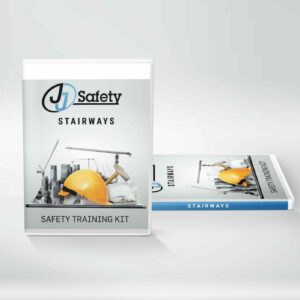
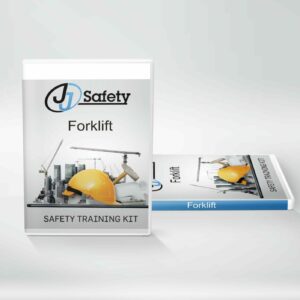
Reviews
There are no reviews yet.